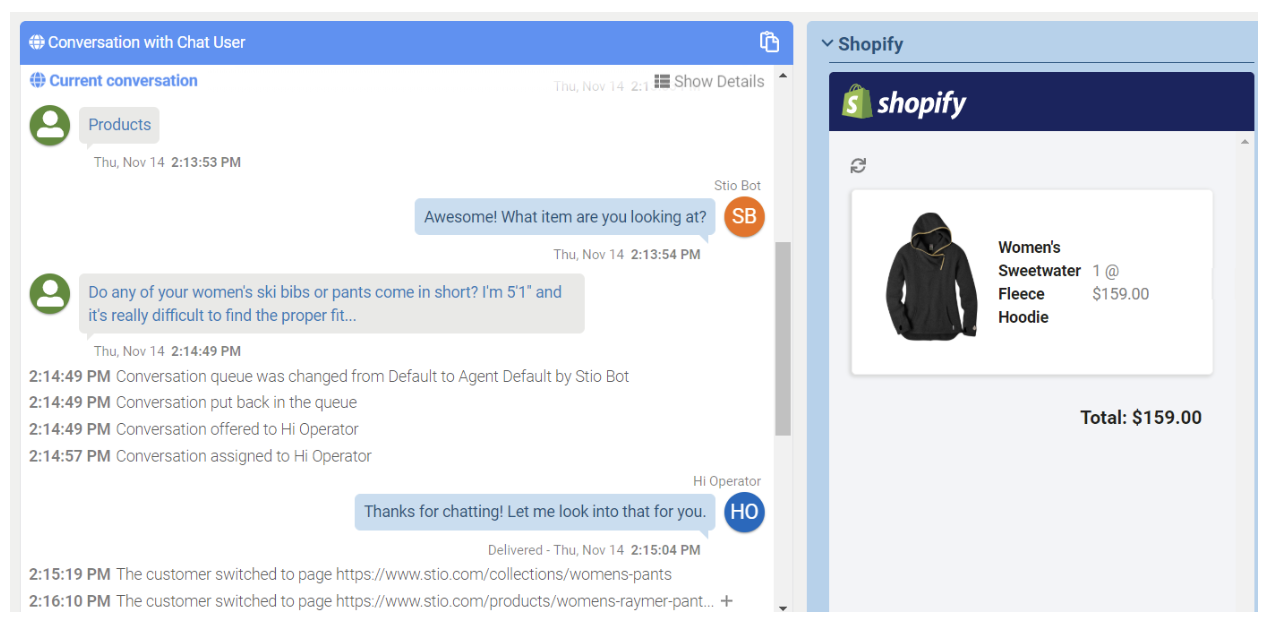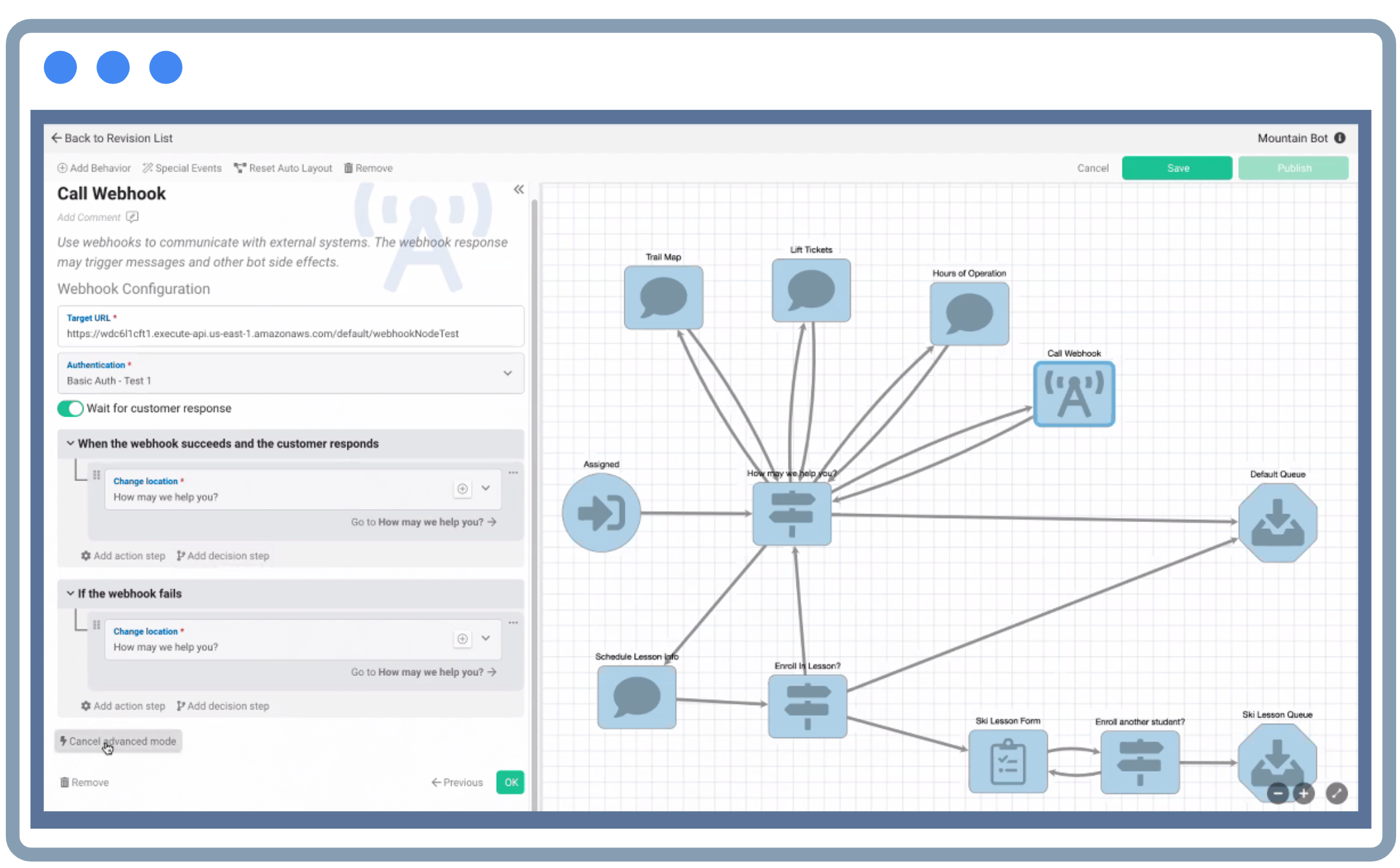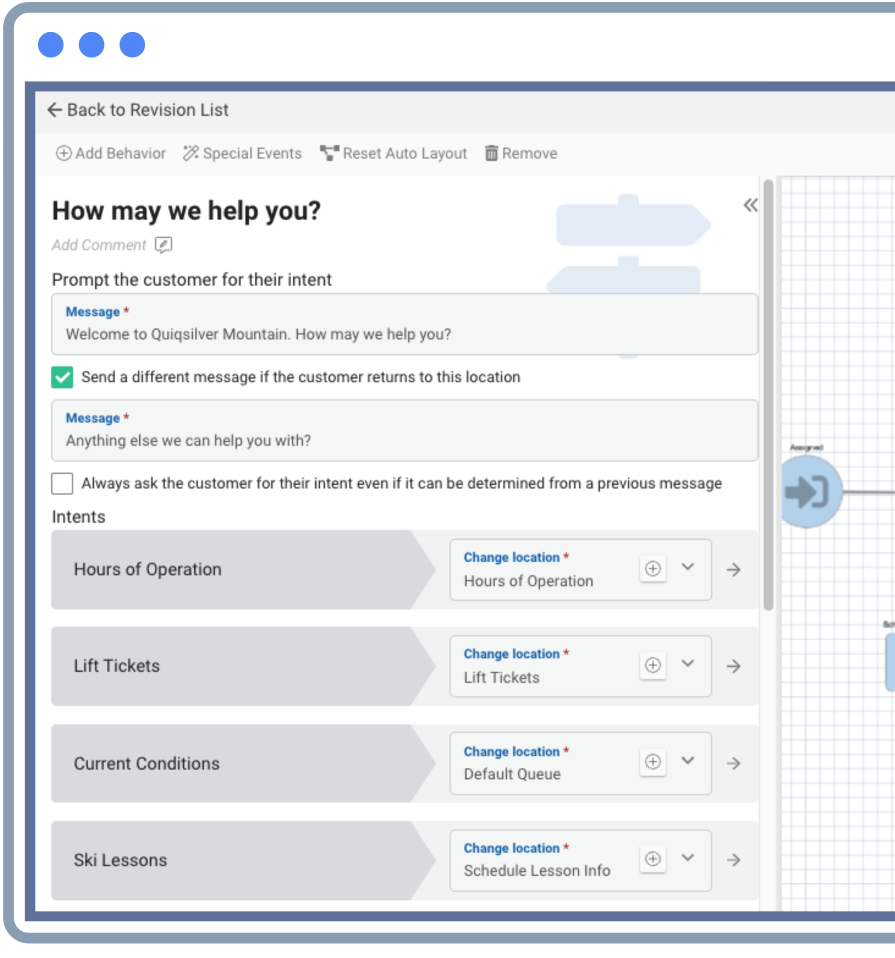How Higher Ed Can Manage Coronavirus Communications
The COVID-19/coronavirus has caused many universities to cancel lectures, extra-curricular activities, and large gatherings. Many are switching to online classes as a precaution to stop the spread of the virus.
Virtual classrooms have been changing mainstream education for some time, but the change has been evolutionary. COVID-19 has caused massive disruption forcing colleges and universities to quickly move from traditional education and brace themselves for the transition to virtual classrooms.
Many institutions are experiencing a flood of phone calls as parents and students seek information about campus operations, as well as COVID-19 updates. In this article, we’ll show you how digital technology helps higher education by taking the burden off of their switchboard and providing real-time information that emails and website updates can’t.
Messaging for Higher Education
The use of messaging as a way to quickly connect with students and parents isn’t a new concept. Higher Education Institutions like Texas A& M implemented messaging well before the COVID-19 pandemic to increase their speed of acknowledgment and response times to inquiries. The use of messaging also increased student engagement.
The Coronavirus has taken the need for on-demand information to a new level. Local and state governments, like the City of Knoxville, have quickly implemented messaging to keep citizens informed during this time of uncertainty. Now, colleges and universities are following suit.
Here are 4 reasons universities are taking advantage of bots and digital channels, like messaging and chat:
- Provide 24X7, real-time updates to students
As calls regarding coronavirus updates continue to swell, colleges and universities struggle to keep pace with existing staff. Shifting calls to digital channels is one step that allows staff to handle multiple conversations at one time. In addition, bots are being used to help parents and students, who may have questions, that can be answered without needing to speak to a person. If a human is needed, visitors can type a word like “human” to quickly exit the bot conversation and speak to someone directly.
- Scale quickly
Your staff can handle multiple, simultaneous text messaging conversations at one time versus one phone call at a time. People don’t always expect an immediate response on text, giving your staff time to handle multiple, simultaneous conversations. Asynchronous conversations allow you to quickly scale and improve your level of service.
- Send proactive communications
The situation is rapidly evolving. As guidelines change, schools that want to keep their campus community up to date can send outbound, two-way conversational messages. Your school can maintain the trust and credibility it has earned with proactive, real-time updates..
- Deliver consistent and accurate information
The ability to broadly share information is another reason to consider using text messaging. Quiq’s messaging platform enables staff to save standard replies, called snippets, that can be shared with just a few keystrokes. This means that the same message can be consistently shared across multiple channels. For campuses with large student bodies, extended campuses, or satellite locations, this could prove to be extremely important as new information arises and institutional guidelines are adjusted.
Communicating Updates About COVID-19
Quiq’s COVID-19 Bot
With Quiq’s messaging platform, we’ve made it easy to present menu options that help visitors get to the right information. As an example, we’ve created a bot to provide guidelines from the Centers for Disease Control and Prevention (CDC).

Chatbots are easy to create and fast to deploy while providing incredible flexibility. As new information becomes available, you can easily update the bot to keep your campus community up-to-date. Quiq’s bot designer uses a drag-and-drop format that makes it easy for any staff member to change and update menu options.

City of Knoxville
The City of Knoxville recently deployed a version of Quiq’s COVID-19 Bot to provide citizens with timely information. Visitors to the site can interact with the chatbot by clicking on the chat bubble.
From there, a selection of menu options is presented to the visitor such as “How It Spreads” or “Travel”. The City of Knoxville has also chosen to include information specific to the county so that citizens can get local updates as well.
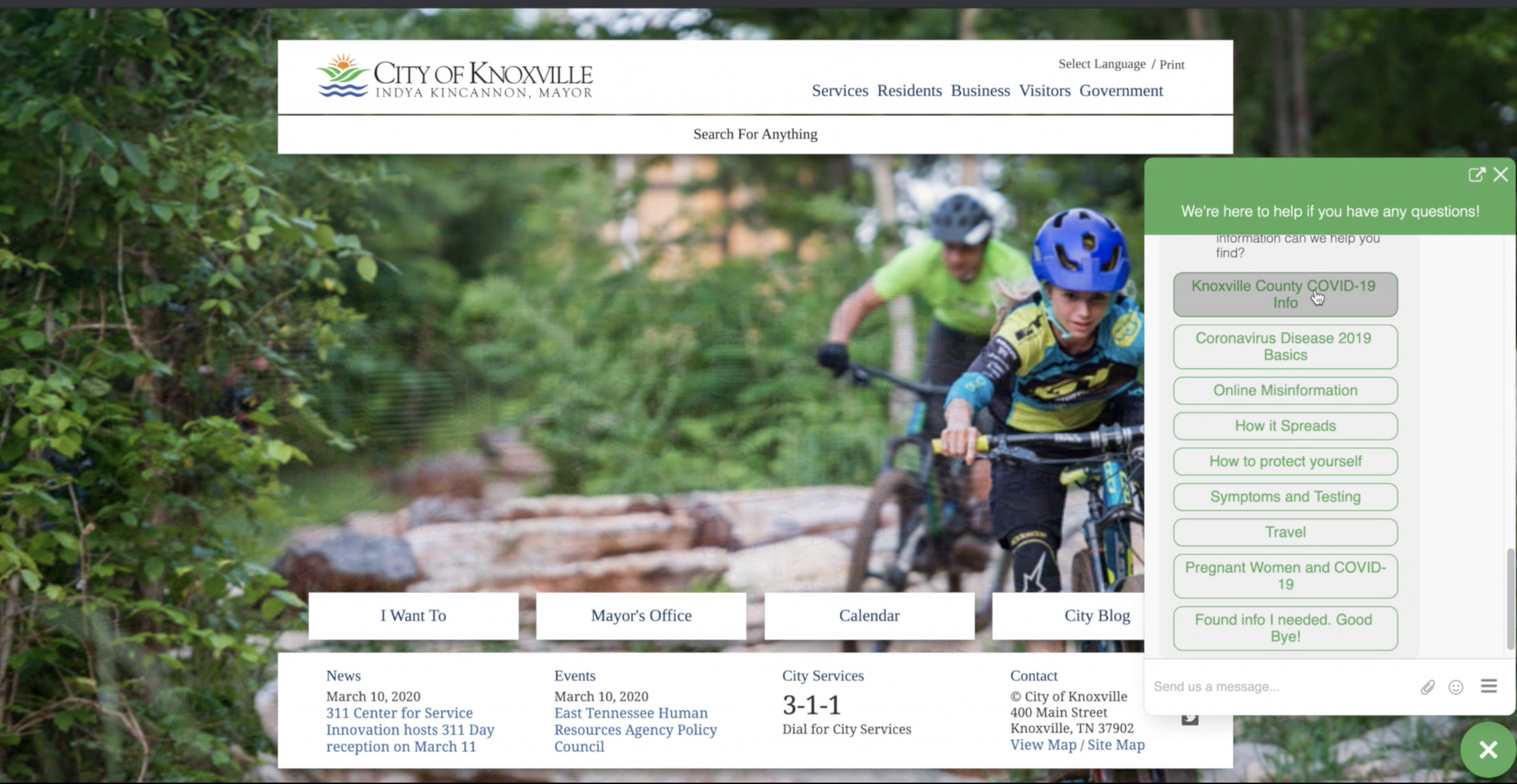
Successfully Implementing Messaging
COVID19 information is constantly being updated. Quiq’s messaging platform can be live on your site in a couple of days with just a few simple edits to your website. Your existing landlines can send and receive messages from SMS/text, web chat, and social channels. With minimum training, your staff can be up and running, helping students get the information they need.
Quiq is ready to work with you on offering modern digital channels that have proved more efficient and effective than phone calls and emails. Allow your faculty and staff to focus on delivering world-class education instead of fielding questions. Schedule time today to discuss messaging.

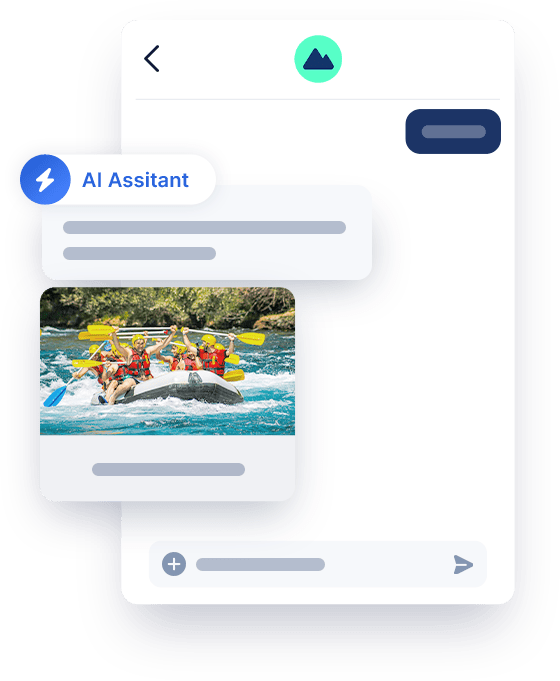





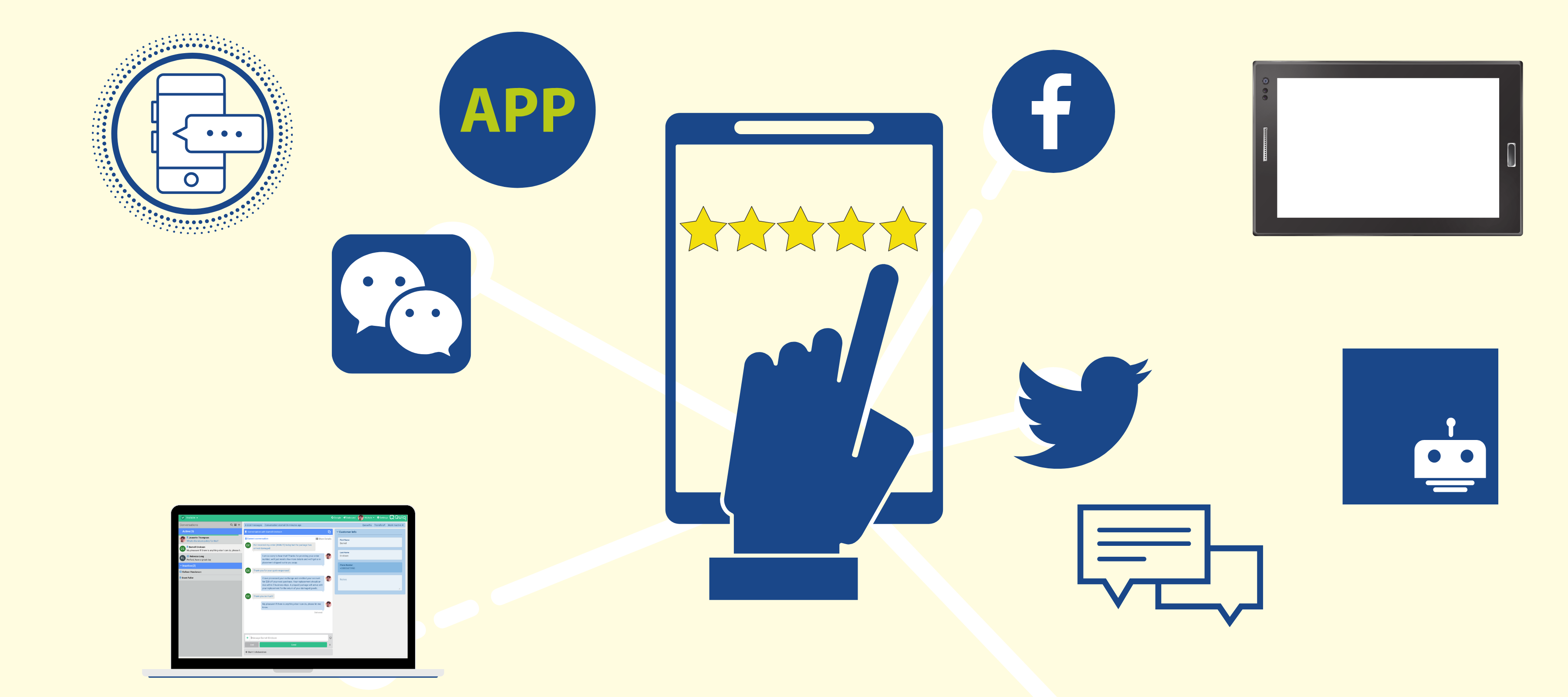
 Customer Preferences
Customer Preferences
 Competition
Competition Cost
Cost Scaling
Scaling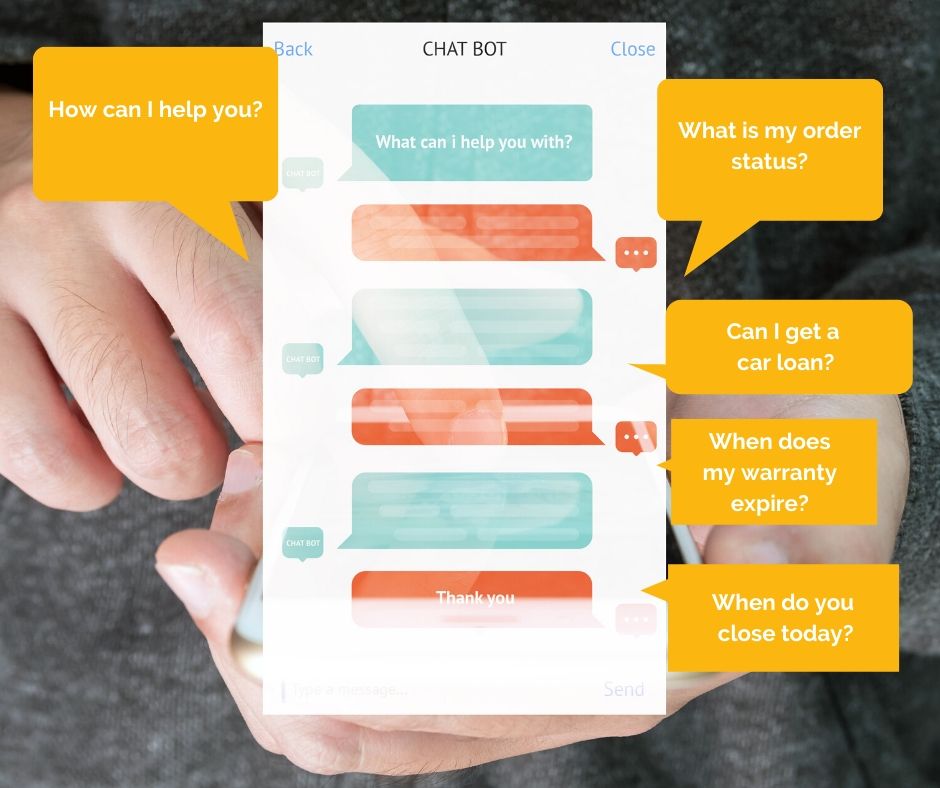
 Implementing chatbots with messaging has become the defacto strategy for leaders who seek the holy grail of more efficiency and reduced costs, along with a higher level of service to their customers. Without a doubt, it’s paying dividends. From sales to service and all points in between, companies like Stio, Brinks Security, Club Med, and Office Depot are discovering new use cases to streamline their workflow and save “hu”man hours.
Implementing chatbots with messaging has become the defacto strategy for leaders who seek the holy grail of more efficiency and reduced costs, along with a higher level of service to their customers. Without a doubt, it’s paying dividends. From sales to service and all points in between, companies like Stio, Brinks Security, Club Med, and Office Depot are discovering new use cases to streamline their workflow and save “hu”man hours.